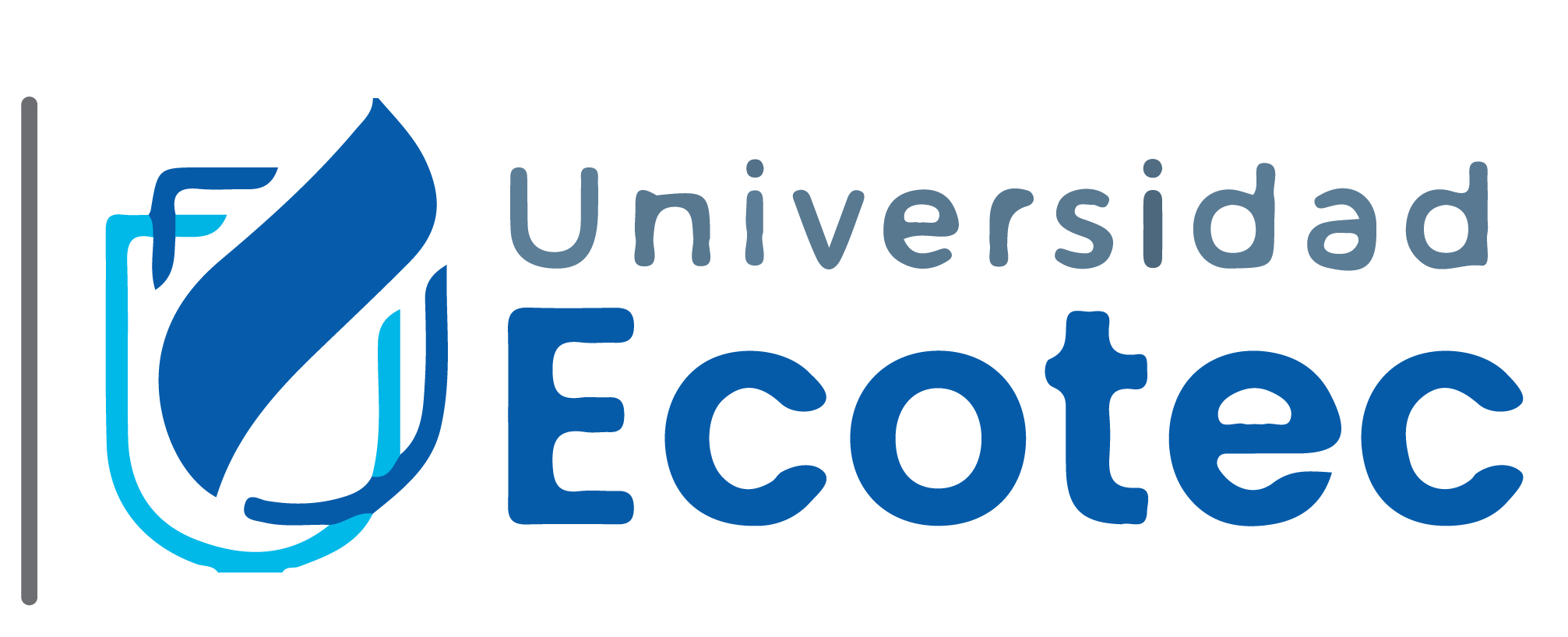Artículo
Coping with the Inequity and Inefficiency of the H-Index: A Cross-Disciplinary Empirical Analysis
Resumen
0
Autores | Bian, Jinhu (43561035200); Zhao, Jinping (59501798600); Li, Ainong (14519510100) |
Título | Remote sensing monitoring of mountain sustainable development goals (SDG15.4): a systematic review |
Año | 2025 |
DOI | 10.1080/17538947.2024.2448216 |
Fuente | https://www.scopus.com/inward/record.uri?eid=2-s2.0-85214201301&doi=10.1080%2f17538947.2024.2448216&partnerID=40&md5=2c670cf16564de87238b2feaebb01c1e |
Afiliaciones | Institute of Mountain Hazards and Environment, Chinese Academy of Sciences, Chengdu, China; University of Chinese Academy of Sciences, Beijing, China; Wanglang Mountain Remote Sensing Observation and Research Station of Sichuan Province, Mianyang, China |
Tipo de acceso abierto | All Open Access; Gold Open Access |
Referencia | Scopus |
Artículo obtenido de: | Scopus |



